3D-printed ‘ghost weapons’ pose new challenges for researchers
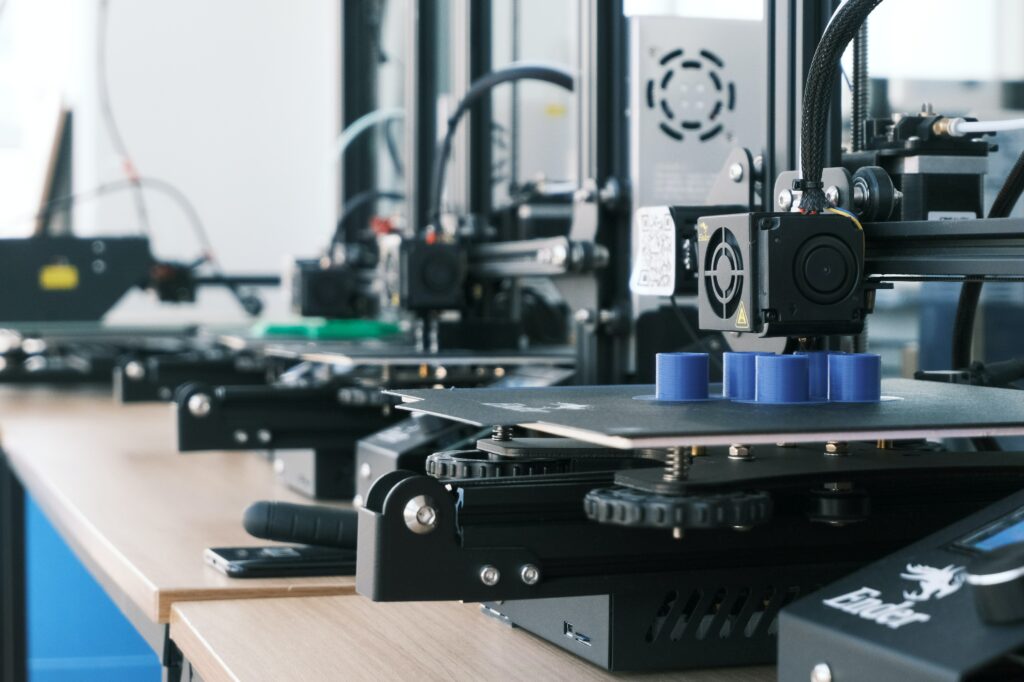
Firearms leave telltale marks on the bullet and cartridge case that is ejected when a pistol or rifle is fired. The U.S. Bureau of Alcohol, Tobacco, Firearms and Explosives lists these markings in the National Integrated Ballistic Information Network, or NIBIN. While not perfect, ballistic evidence helps law enforcement remove suspects from streets. NIBIN has returned more than 110,000 matches since its launch in 1999, but a new type of weapon, made of plastic with 3D printers, may bring new challenges for forensic experts.
At this point, violence involving 3D printed guns is more of a risk than a reality, the most commonly available 3D printers costing hundreds of dollars may not print usable guns, and high-end models cost tens of thousands of dollars, but 3D printed guns have been confiscated at airport security checkpoints in the US. As 3D printing improves and costs fall, some experts worry that more people will choose to print guns, because knowing how to analyze evidence left behind by 3D-printed guns at crime scenes may one day become a Important skill, investigators are making and firing plastic guns to find out the forensic analysis of these DIY guns.
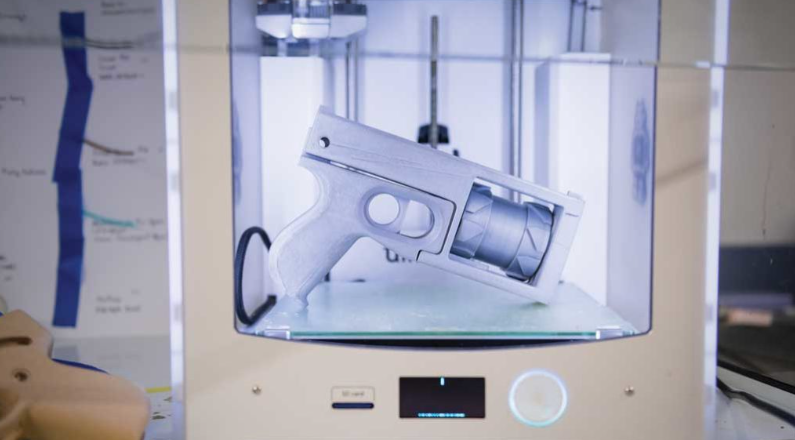
At less than a pound, the milk-colored gun looks and feels like a toy, its parts formed from precision-sculpted plastic by a 3-D printer; but the device shoots real bullets. After a shooter pulls the trigger of a weapon, 3D printed or conventional, a firing pin activates an explosive substance that ignites the gunpowder that is packed with the bullet in a cartridge. The resulting pressure pushes the bullet out of the cartridge and through the barrel of the weapon, the firing pin leaving a dent in the metal casing that holds the cartridge together. The barrel of a conventional gun usually has spiral grooves that rotate the bullet to give it more stability during flight, these grooves mark lines around the circumference of the bullet. The number, angle, and direction of the markings can reveal the fired weapon.
The plastic gun barrels that were built did not have rifling grooves. But even if a plastic gun were grooved, the plastic itself would be too soft to dent the bullet. If a plastic gun were used to commit a crime, tracing the gun manufacturer and shooter would not be easy, unlike conventional firearms, plastic guns do not have serial numbers to trace their source, according to an analytical chemist. That’s why imprinted weapons are called ghost weapons; plastic guns can also be taken apart and sometimes destroyed by dissolving their parts in solvents.
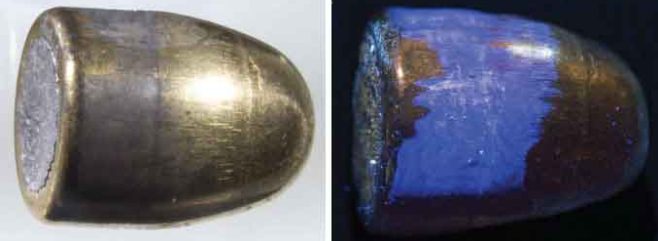
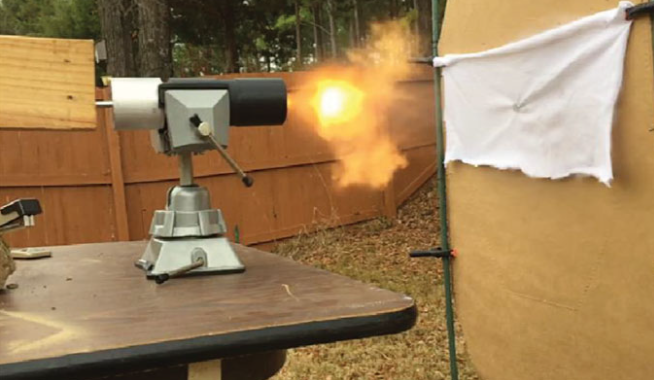

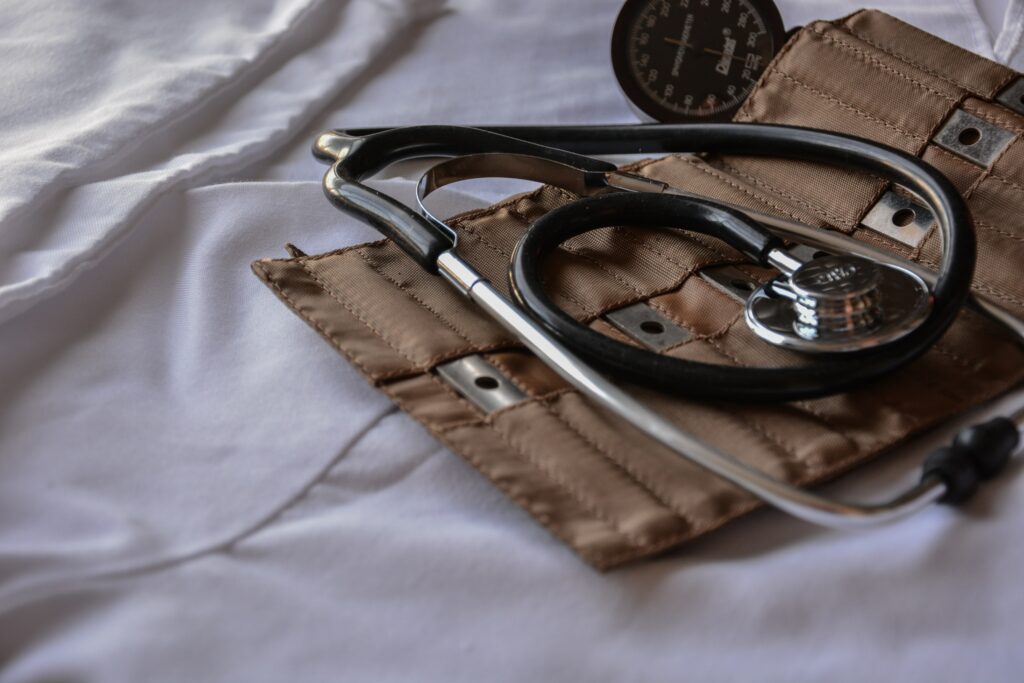
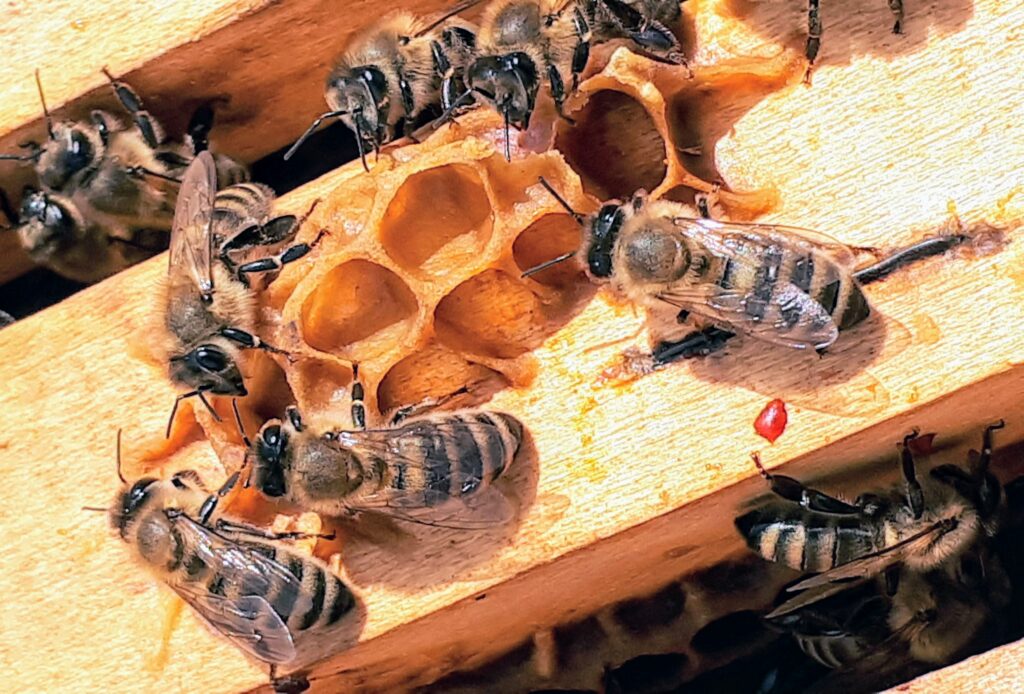
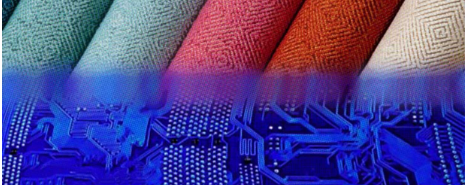
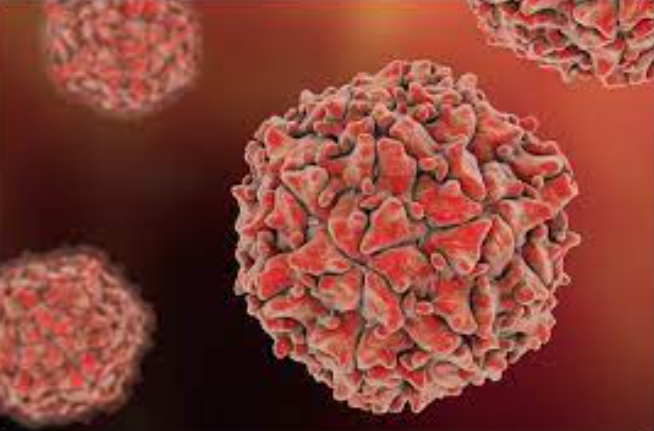
Responses